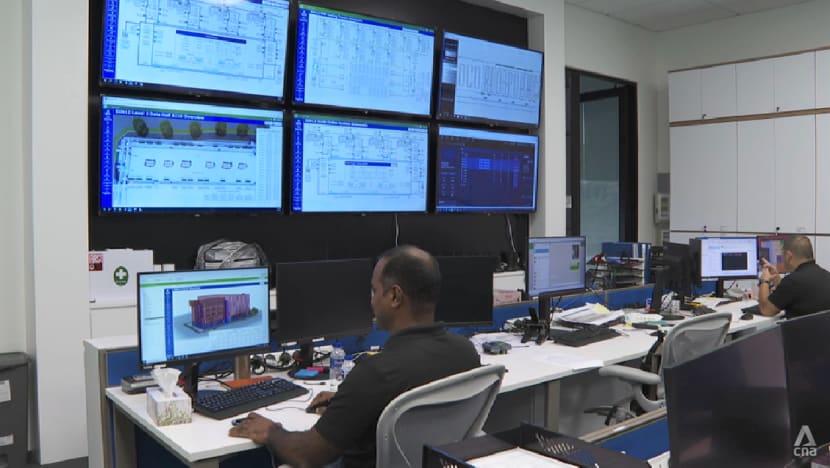TRUE IMPACT OF DATA CENTRES HARD TO GAUGE
However, the true impact of these facilities is hard to gauge, said observers.
“The collection and reporting of sustainability-related data and the calculation of related metrics is patchy at best,” said Mr Patrick Chan, vice president for Asia at digital infrastructure advisory organisation Uptime Institute.
“Many operators struggle to meet emerging sustainability of reporting requirements, along with the requirements of some customers and the public.”
Dr Steven Gonzalez Monserrate, a postdoctoral researcher at the Fixing Futures Research Training Group at Goethe University, added: “Most of the data centres of the world are not these giant, big tech kinds of data centres (seen) in many films.
“They're actually smaller in scale. They don't have the resources. They're not as high-tech or sophisticated. And as a result, they also don't have a lot of information or insight into their environmental impacts.”
Experts said the path to a more sustainable future requires better public awareness.
Singapore is among the countries working to transform data centres.
The nation hosts more than 70 of these facilities and its emphasis on sustainable growth and low carbon emissions makes it selective about building new ones.
This year, authorities set a standard as part of efforts to get data centre operators to gradually raise temperatures to 26 degrees Celsius and higher. Typically, some operators choose to keep their server rooms at temperatures of 22 degrees Celsius and below.
Last month, Singapore unveiled a data centre test bed aimed at developing energy-efficient cooling technologies customised for tropical environments.
Minister of State for Trade and Industry Alvin Tan said then that data centres support Singapore’s digital economy, adding: “That's critical. We cannot do without them, but we need to make them greener.”
 Launch Exhibition
Launch Exhibition
 Release information
Release information




 Pages you might like
Pages you might like




 Today's topic
Today's topic

















